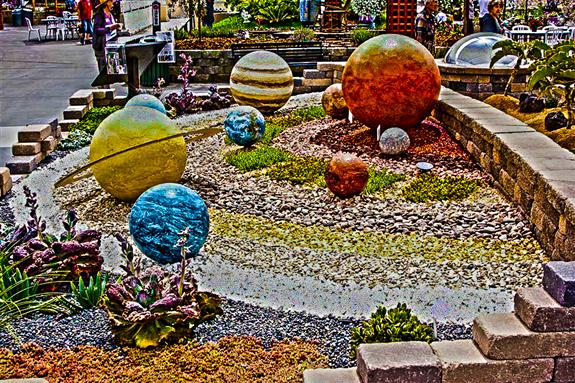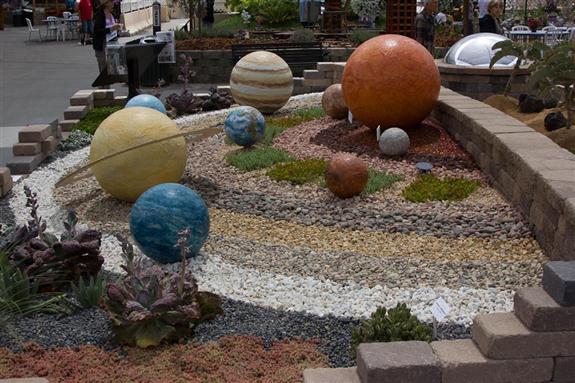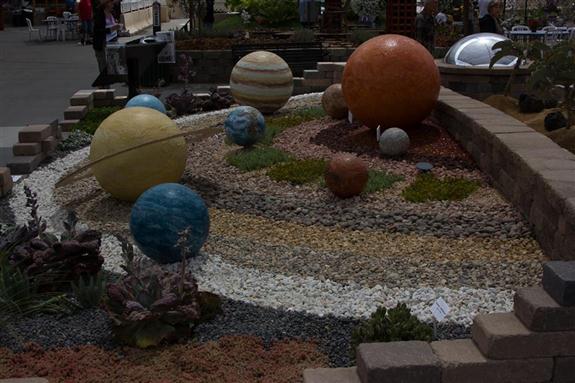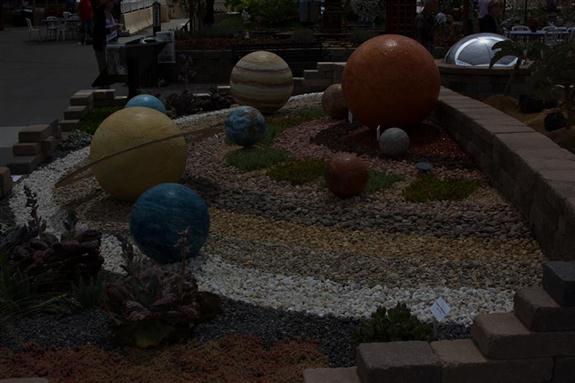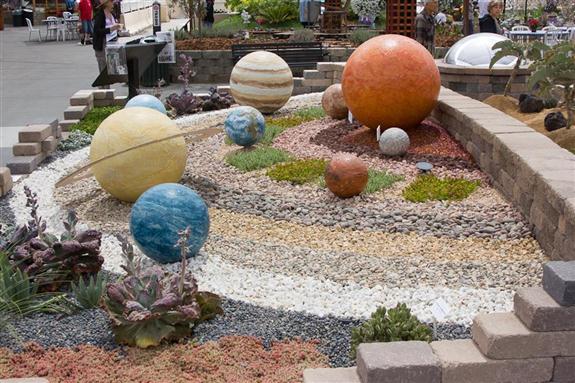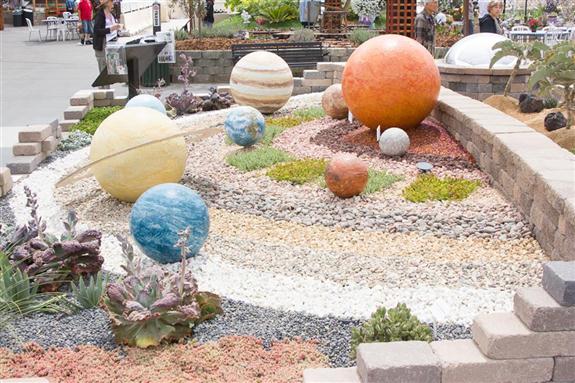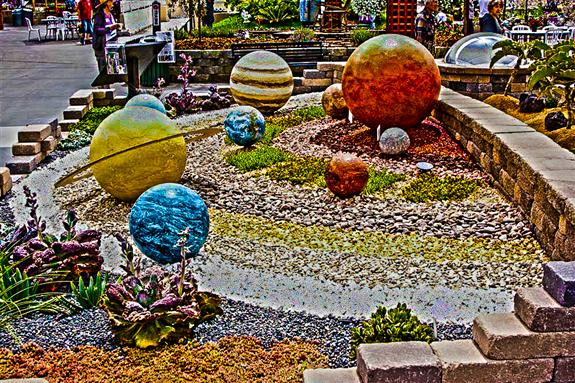I spend 30 minutes each day, each program, studying Adobe Photoshop CS6, CorelDRAW x6, and Corel Photo-Paint X6. Photo-Paint is where I recently learned how easy it is to create animated GIFs.
One photographic technique that seems to be all the rage right now is HDR (High Dynamic Range). HDR takes advantage of all the things that digital cameras and photo editing software programs can do to create some interesting images. Personally, I don’t like 98.27810287523478734821% of the HDR work that is out there. I think people take it to the extreme which then simply creates art, and it’s an art that I don’t really like. I don’t like Thomas Kinkaid‘s work either.
The essence behind HDR means that I should be able to improve pictures without overcooking them by going to the extreme. However, HDR typically requires that you take at least three pictures, one exposed properly, one underexposed by one stop, and one overexposed by one stop. Some people take up to nine pictures at various exposures. The theory is that each exposure captures different information which is then combined to create one picture with the best of all exposures.
What happens if you only have one picture, like from the days before HDR? Funny you should ask…. I was wondering the exact same thing!
I took one picture and then overexposed and underexposed it using Photoshop CS6 to create the set of pictures that I didn’t originally have to start with. I didn’t know whether or not this tactic would lead to anything interesting, but I think it did, not that I necessarily like it. Fine tuning might allow me to really improve some of my older pictures.
Following are the set of pictures I used for this experiment. Remember that I only had the first picture to start with, creating the other four pictures from the first picture directly in Photoshop CS6.
The underexposures allow you to obtain more detail in the bright areas. Look at the silver sphere in the upper right corner. See the difference?
Overexposures allow you to obtain more detail in the shadow areas. Look at the two plants in the lower left corner.
Combining all the pictures allows one to get a more even spread of light throughout the picture. Taking it to the extreme creates surreal pictures like what Photoshop CS6 gave me:
Now what I want to learn is how to control what Photoshop does while combining the many images because the finished product there is too surreal for my tastes. Interesting, but not me.
Looking for real estate services in San Diego County?
I can highly recommend
James Frimmer, Realtor
Century 21 Award, DRE #01458572
If you’re looking for a home inspector,
I recommend Russel Ray — that’s me!

